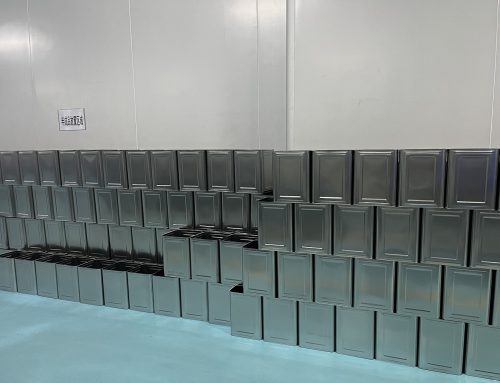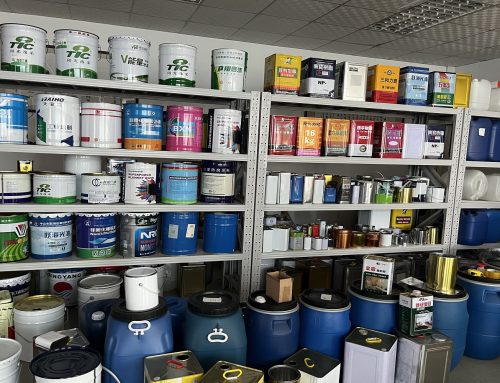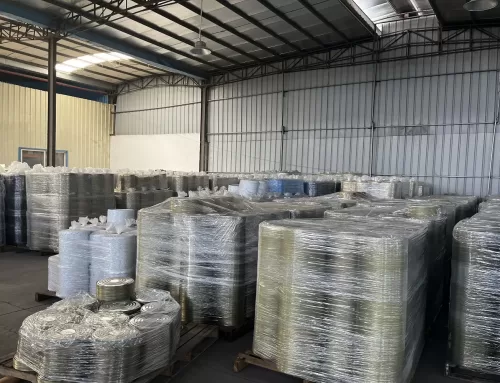The annual consumption of metal cans (including steel and aluminum) including beverage cans, food cans, aerosol cans and general cans in the world is more than 400 billion, of which the consumption of refreshing drinks and beer is the largest, reaching 220 billion. There are 100 billion processed beverage cans, about 75 billion processed food cans, 10 billion aerosol cans, and about 5 billion general cans. The consumption of metal cans in the United States, Europe, and Japan accounts for more than 50% of the world’s total. The proportion of steel and aluminum used in metal cans for beverages varies greatly between regions. The ratio of steel cans to aluminum cans in the 15 EU countries is 55:45, including a decline in the proportion of steel cans in Eastern Europe, and 100% aluminum cans in the United States. The two materials in Japan are basically similar. Such a large regional difference is mainly related to the region’s energy policy, steel and aluminum production levels and competitiveness. The food cans are mainly steel cans (two-piece cans and three-piece cans).

The production of metal cans in the United States ranks first in the world, and the consumption situation is shown in Table 2-3. As mentioned earlier, metal canned beer and soft drinks are all aluminum cans; food cans are mainly steel cans, and it is different from China’s three-piece cans. For example, the total consumption of food cans in North America in 2000 was 32.5 billion, including 9 billion two-piece DI cans, accounting for 28%, 8.5 billion two-piece DRD cans, accounting for 26%, and 15 billion three-piece cans, accounting for 46%. Because the two-piece cans are light in weight and high in production efficiency, it is beneficial to reduce costs. In addition, due to the rapid development of PET, the proportion of soft drinks in metal cans is declining, and beer in plastic bottles has also begun to be used.




